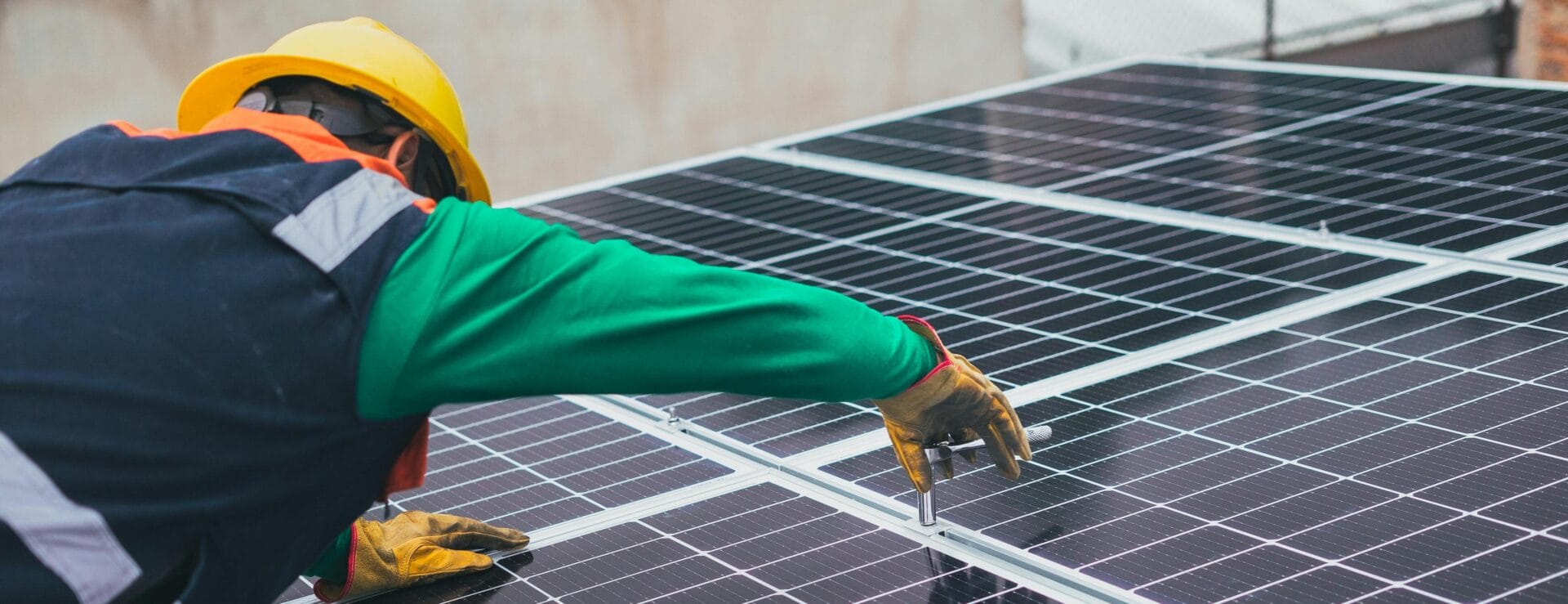The Residential Clean Energy Credit, commonly known as the solar tax credit, allows homeowners to recover up to 30% of the cost of installing solar panels. If you’ve installed a solar energy system, you may be eligible for this tax benefit when filing your return. This credit covers solar equipment and installation costs but doesn’t include structural modifications made solely to support the panels. In certain cases, you can combine the federal credit with state or utility incentives aimed at promoting clean energy.
The amount of the tax credit depends on your project’s costs and the completion date, but it generally applies to qualifying systems installed between 2017 and 2034. The credit remains at 30% through 2032, and there’s no income limit for eligibility. You can claim the credit each year you’re qualified, and while the credit is nonrefundable (meaning it won’t result in a refund if it exceeds your tax liability), you can carry forward any unused credit to future years.
How the Solar Tax Credit Works
This credit allows you to reduce your tax bill by using a percentage of your solar installation costs. According to the U.S. Department of Energy, typical savings for an average solar installation could reach $7,500. The credit applies differently based on the year your system became operational.
| System in service | Credit amount |
| 2017-2019. | 30%. |
| 2020-2021. | 26%. |
| 2022-2032. | 30%. |
| 2033. | 26%. |
| 2034. | 22%. |
Refundability of the Solar Tax Credit
The solar tax credit is nonrefundable, meaning it can lower your tax liability but cannot exceed the taxes you owe. If the credit brings your tax bill below zero, you won’t receive a refund. However, you can apply any leftover credit to future years.
Credit vs. Deduction
Because it’s a tax credit rather than a deduction, it directly reduces your tax bill, resulting in larger potential savings than a deduction, which only lowers your taxable income.
Eligibility Requirements
To qualify for the solar tax credit:
- The system must be installed in your U.S. residence. This can include houses, mobile homes, houseboats, condos, and manufactured homes.
- You must own the solar system, as leased systems don’t qualify.
- The system must have been placed in service after 2017.
Other Eligible Projects
The Residential Clean Energy Credit also applies to other renewable energy systems like solar water heaters, small wind energy systems, biomass fuel, fuel cells, and geothermal heat pumps.
How to Claim the Credit
To claim the credit, you’ll need to fill out IRS Form 5695 when filing your tax return, along with details about your project costs and certification from the equipment manufacturer.
Interaction with Other Incentives
While you can combine the federal solar tax credit with other incentives, such as state programs, doing so might reduce the overall cost used to calculate the credit. State-level incentives typically don’t affect federal credit eligibility, but utility incentives might reduce the amount that qualifies for the federal credit.
State and Utility Incentives
Solar incentives vary by state, so it’s important to review local options. The NC Clean Energy Technology Center offers a directory of available state programs. Utility incentives might also reduce your project costs but could affect how much of the federal credit you can claim, depending on whether the incentive is treated as taxable income.


0 Comments